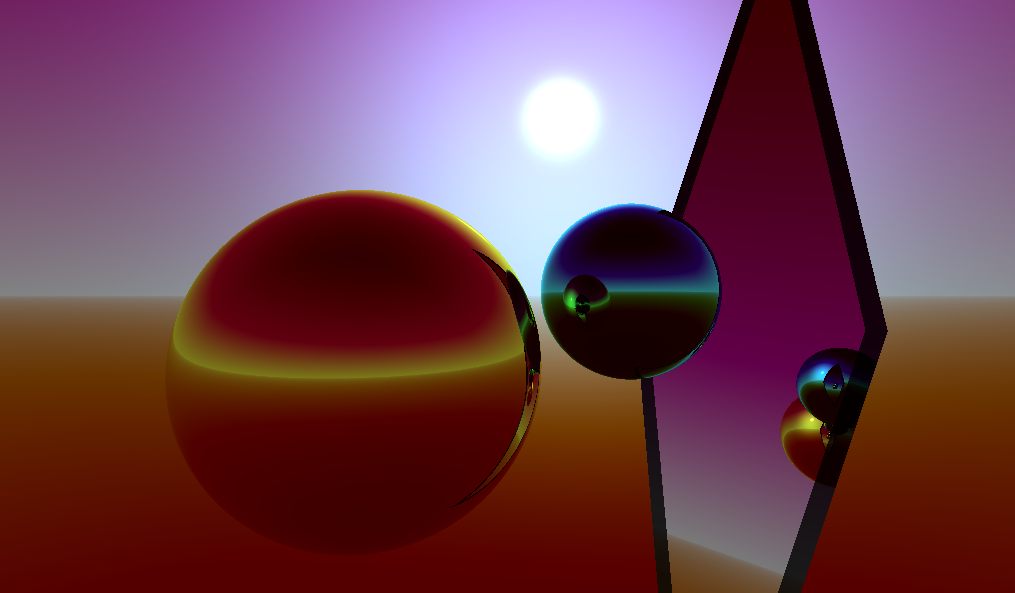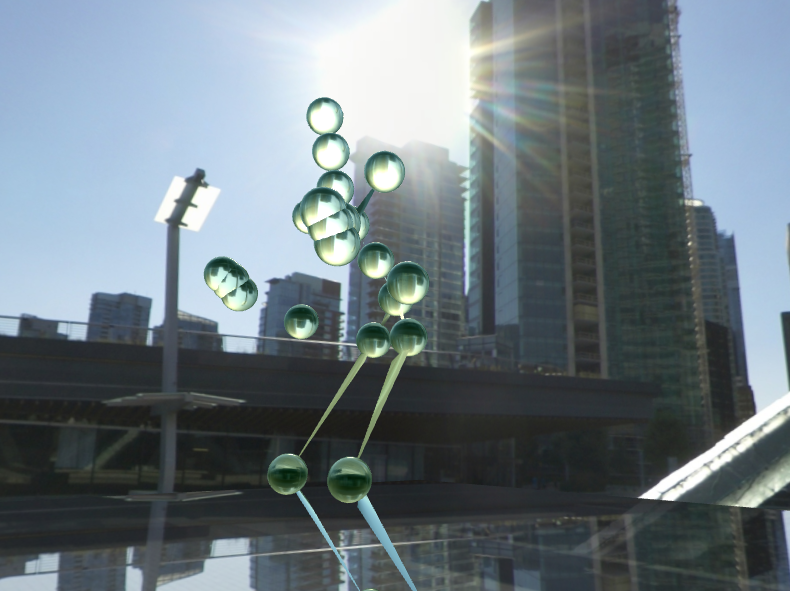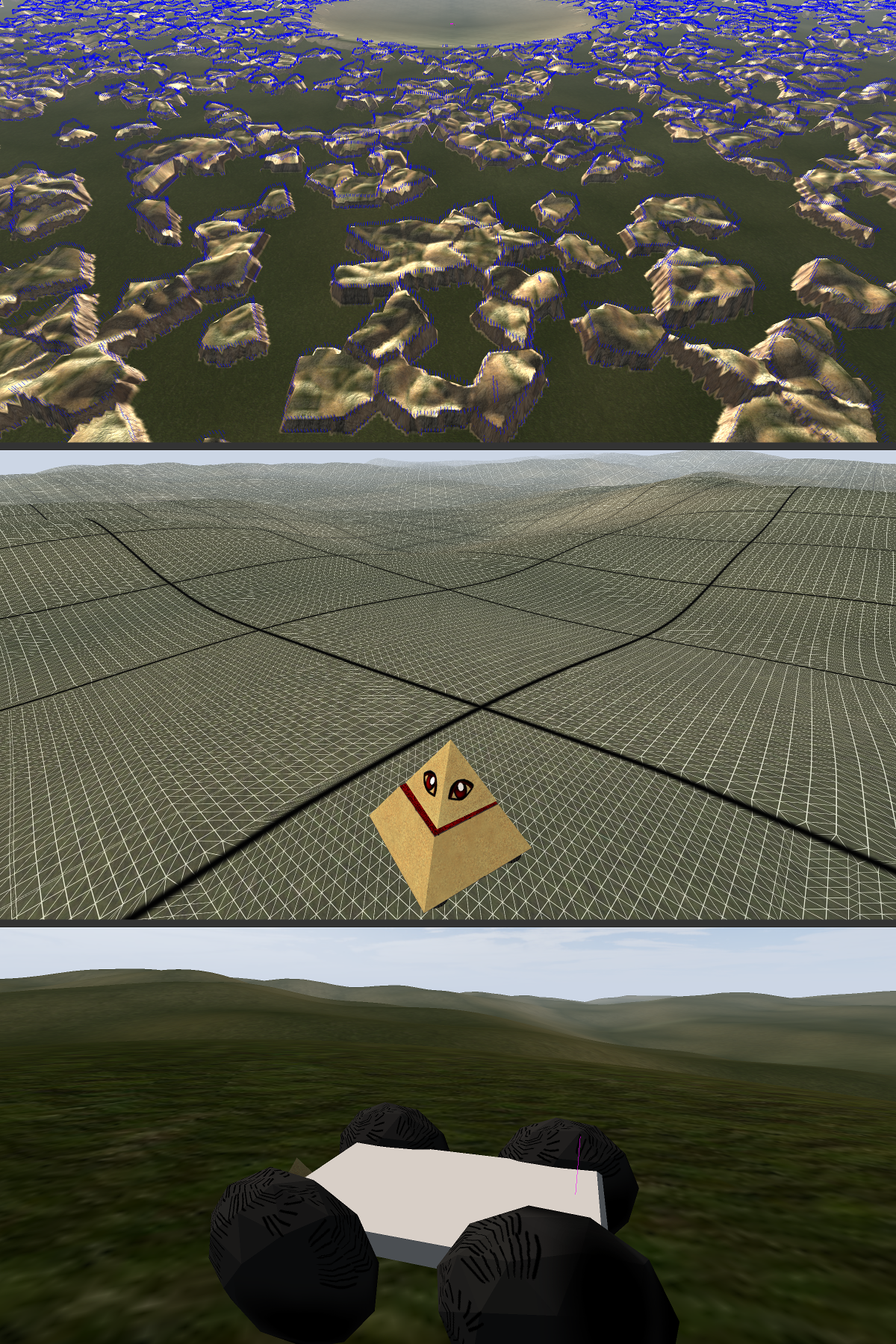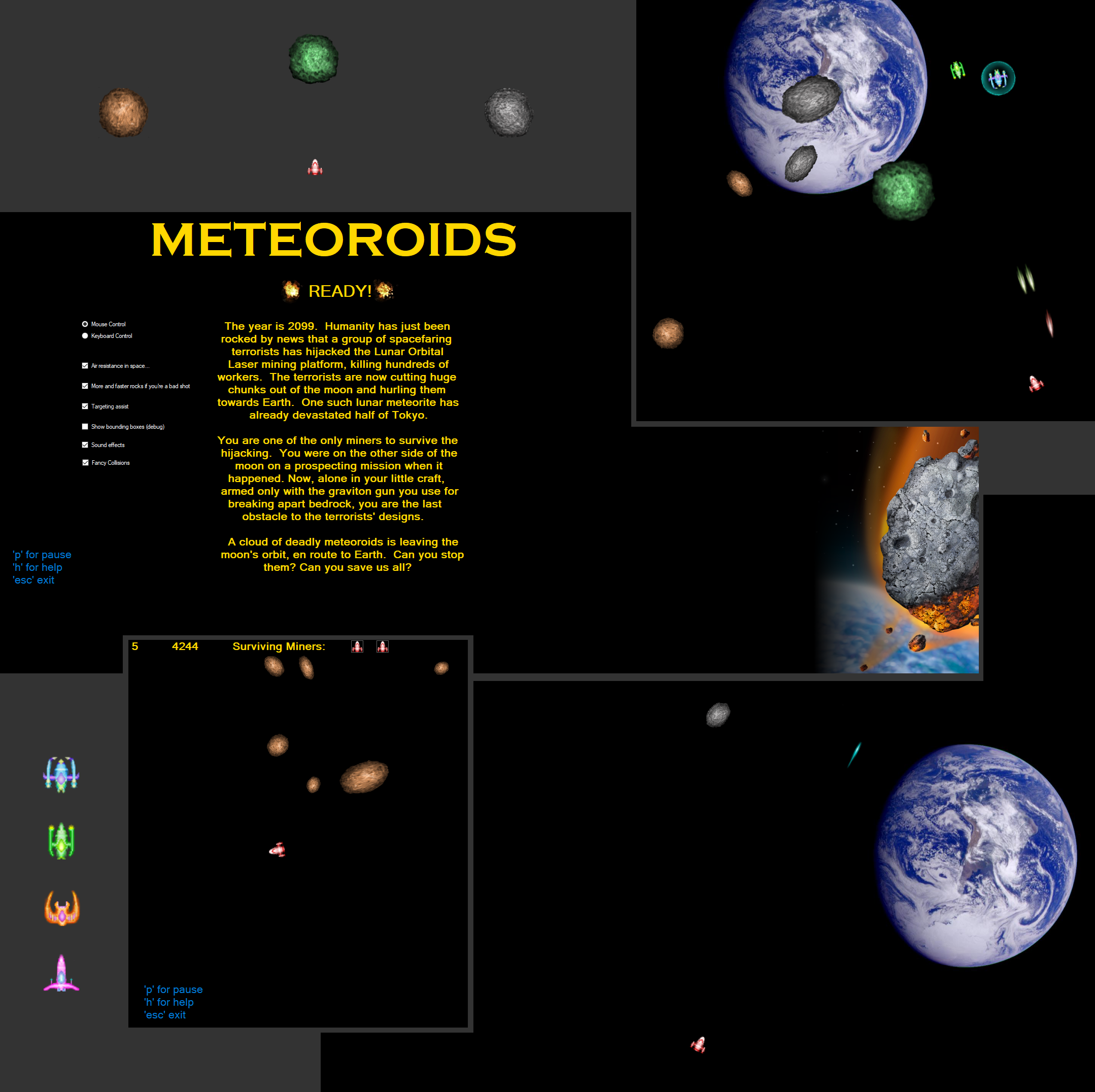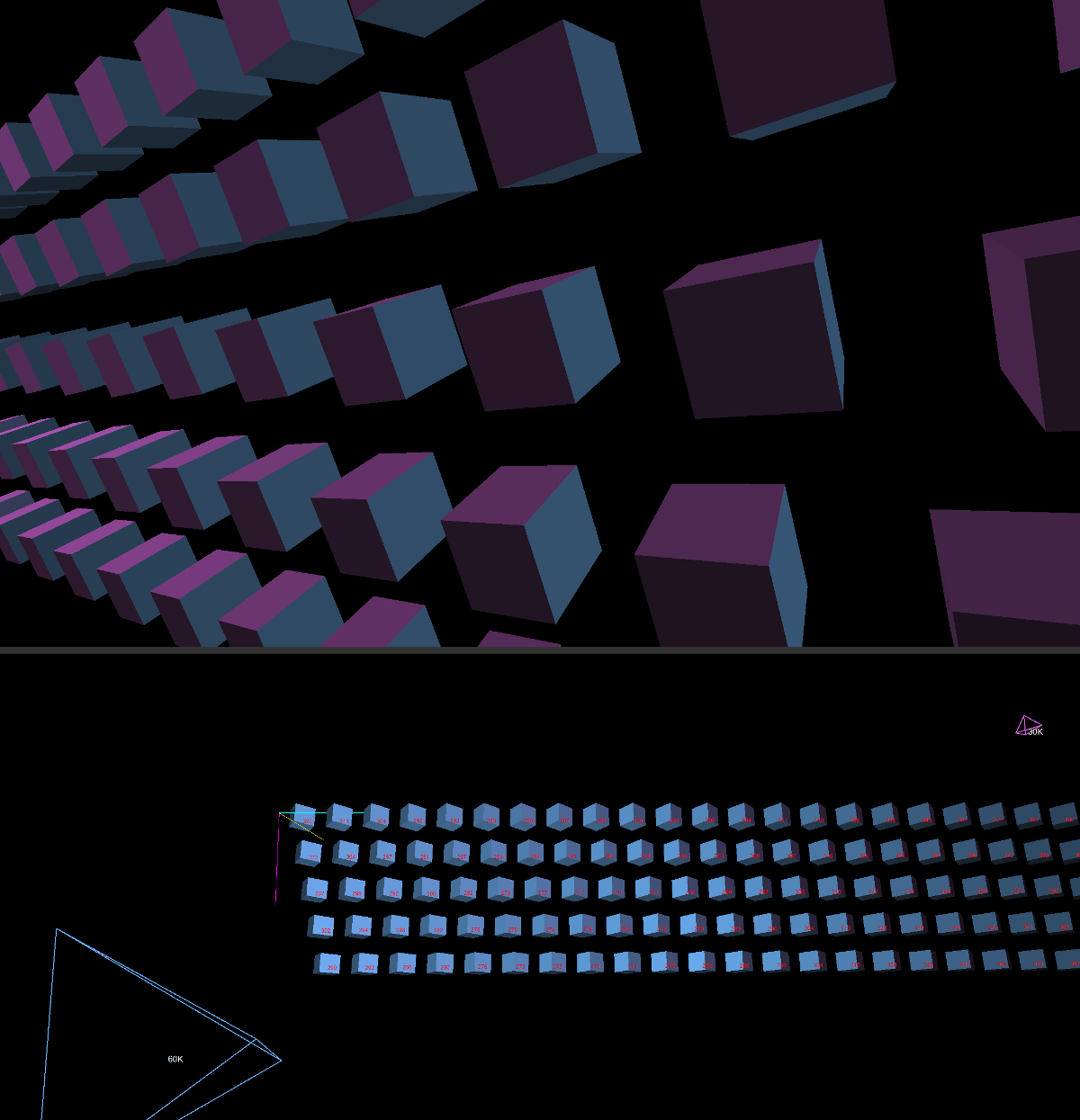About Me
My name is Galen Cochrane. My passion is creation. I've found outlets for that passion during my education in Physics and Computer Science. Among these outlets are projects in Computer Graphics, Data Science, and Simulation. I use this site to display a few of these that fit conveniently into a webpage, or to talk about those that don't. I'm currently looking for new opportunities to work with other creators and engineers on the technology of tomorrow.

